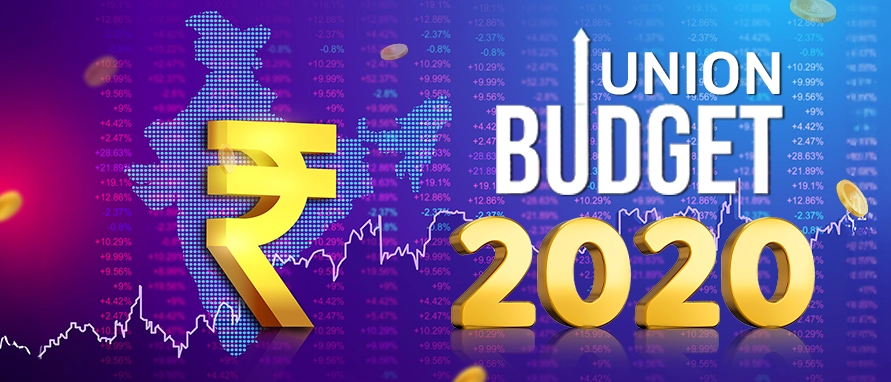The tools to kickstart consumption and stimulate affected segments of the economy are well within reach. All that remains to be done is implementation of the right policies and strategies. Here are some ways in which the Indian economy recover.
Push on developmental schemes
Developmental schemes like Make in India and Digital India, which were introduced during Modi 1.0, require a push to deliver the results they promised. The vision of India leading the way with smart cities now seems further off than it did then, but if the government makes the right moves in implementing budget 2020’s vision, the country could still achieve what was once envisioned, although belatedly.
The Pradhan Mantri Awas Yojana (PMAY), which was introduced to make housing more affordable for the urban poor and the weaker sections of the economy, is another developmental scheme that requires a thrust in the right direction. Although the 80c tax exemption benefit available on home loans may now have been revoked as per the new tax regime. If this essential sector gets the support it deserves, India’s economy may make a turn for the better sooner than we can expect.
Making India a startup-friendly nation
Modi 1.0 saw the introduction of Startup India, an initiative that aims to provide funding support, incentives, and tax relaxations to startups in the country, among other things. While the notion behind this initiative seems excellent on paper, the execution is yet to match up. With the GST woes and general decline in demand, startups in India often fizzle out before they have a chance to shine. Making India more startup-friendly can help give the economy a boost, since it creates job opportunities and triggers consumption. The Finance Minister has announced the setting up of an Official Body to help with the end to end needs of Start-Ups. She also mentioned that provisions will be undertaken to make seed funding more easily available to new businesses.
Opening doors to foreign investments
On the one hand, India appears to be open to foreign investments. Measures like corporate tax cuts prompted the country to jump up to the 63rd spot in the World Bank’s Ease of Doing Business Report for 2020. However, on the other hand, curbs on imports, hikes in import tariffs, and the general attempt to side with traders stirring against e-retailers like Amazon and Flipkart make foreign investors wary of investing in India. The need of the hour is to ensure that the world knows India is open to foreign investments, since that’s the saving grace the economy needs.
Revision in import/export policies
India’s Export Import Policy (known as the EXIM policy) has been tightened in recent years. It’s becoming harder to import several goods like palm oil, iron, steel, and pulses. Electronics and electronic goods may also see an increase in import tariffs. Not only is this directly impacting the industries related to these products, but it has also adversely affected other segments of the economy that rely on these items to manufacture other goods that require the items on which there’s a restriction.
Lack of local high-quality replacements affects the quality of other goods and services, thus pulling the economy down even further. What India needs now is a relaxation of these stringent export-import laws.
New International Trade Agreements
India has adopted a protectionist view to trade in recent times. By backing out of RCEP (Regional Comprehensive Economic Partnership), it has showcased a conservative approach to international trade. Changing that could be beneficial.
Relaxation of import-export guidelines may also prompt a revision of existing International Trade Agreements (ITAs), so India can revisit what it charges other countries that wish to trade in the subcontinent. New ITAs that reflect a more liberal standing will encourage foreign investors to back Indian businesses, thus giving the country’s economy the assistance that it requires.
Without external assistance, the entire burden of tackling the slowdown falls on the Indian government. Considering the steep decline in the GDP growth rate, this level of overhauling isn’t something we can accomplish without foreign aid. Revising existing ITAs or formulating new ones can help put India back on the road to recovery.





































